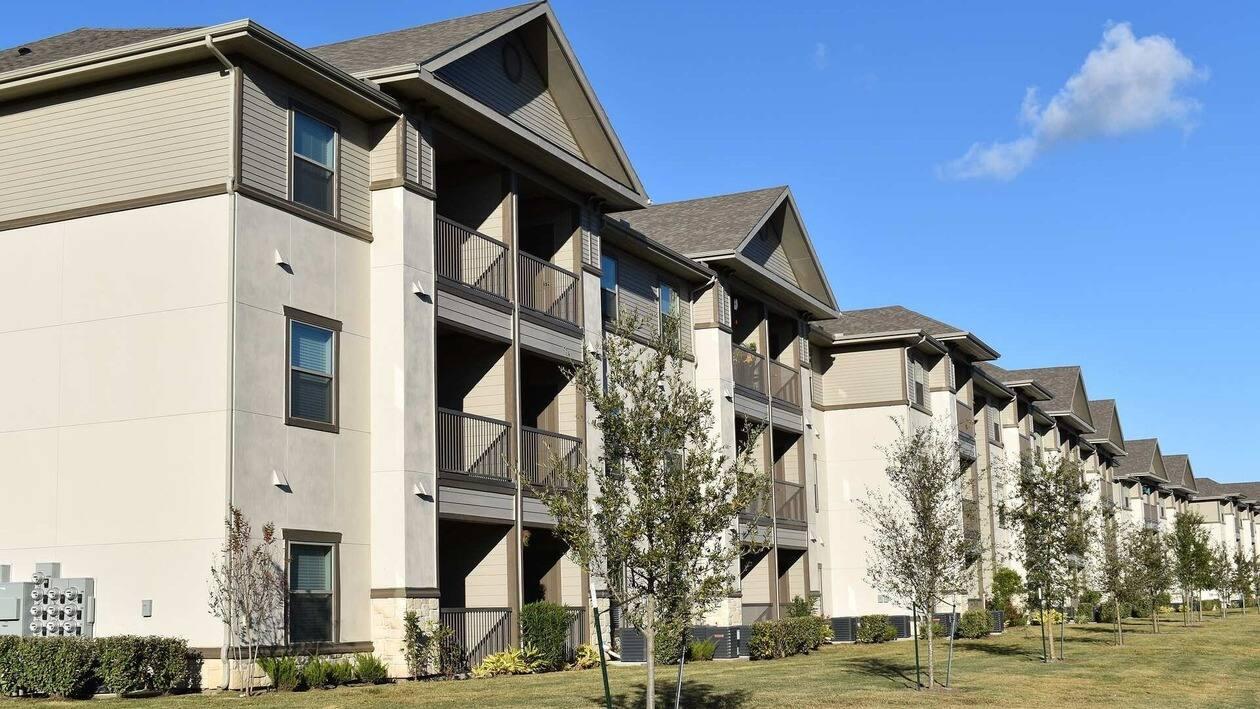There are a number of senior citizens who have a residential house in their name but not any substantial savings or retirement fund. Such people can liquidate their property without actually selling them or even giving up its possession. This arrangement with the bank is known as reverse mortgage where borrower gets loan against their self-occupied residential property.
It is usually given to a retired person for 20 years and doesn’t require the borrower to repay the loan during their lifetime. On the top of it, the borrower can even reclaim the property after paying the loan and interest to the bank.
The lender gives money to the borrower and after the borrower dies, the bank recovers the loan by auctioning the house. The borrower’s heir or nominee can pay the loan if they still want to keep the property with them.
The lenders that offer the reverse mortgage facility in India include IDBI, Union Bank of India, Canara Bank, Punjab National Bank, State Bank of India and Andhra Bank. Some housing finance companies also offer this facility such as LIC Housing Finance and Dewan Housing Finance Ltd.
Steps followed in a reverse mortgage loan
At the outset, a senior citizen approaches a bank with a reverse mortgage application. The bank then values the price of the house and can approve a loan up to 80 percent of the house subject to a maximum threshold. The bank either gives the lump sum money or pay in annuities — which can be monthly, quarterly or annually.
The loan can be given for a maximum period of 20 years, after which the bank will stop giving out loans or annuities. The borrower can continue to stay in the house and does not need to repay the loan. But if the borrower does not stay in the house anymore or wants to sell the house, then they will be obligated to repay the loan first.
The National Housing Board has listed the entire set of guidelines for reverse mortgage here.
Charges levied
At the time of applying for reverse mortgage, an applicant is supposed to pay a number of charges which include a statutory charge such as mortgage registration fees, stamp duty. Aside from this, borrower has to also pay the processing fees. Last but not the least, borrower is supposed to also pay prepayment charges but that too when they decide to take the loan to another bank
So, a reverse mortgage is a loan taken by a retired person for a long duration against a property which is self-acquired and self-occupied. The bank recovers the debt after selling the house following the borrower’s demise, or the legal heir of the borrower reclaims the property after clearing the loan.
Loan repayment
One of the salient features of a reverse mortgage loan is that the borrower is not meant to repay the loan in their lifetime. Once the borrower dies, or after the borrower vacates the house permanently, the lender — within its right — can recover the principal amount along with accumulated interest by selling off the property.
The borrower’s legal heirs can also repay the loan along with interest which would prevent the sale. However, the borrower has a right to prepay the loan during the loan’s tenor, for which no prepayment charges are levied.
